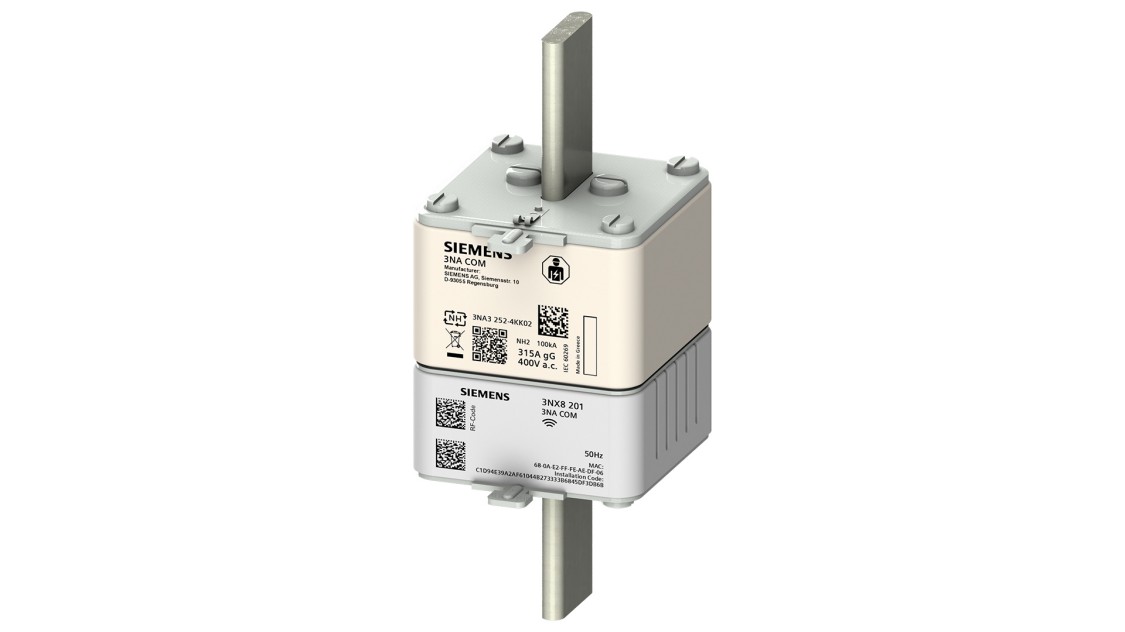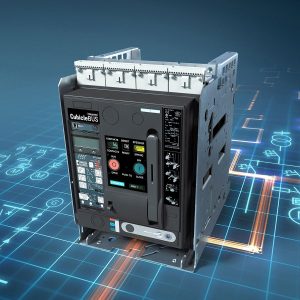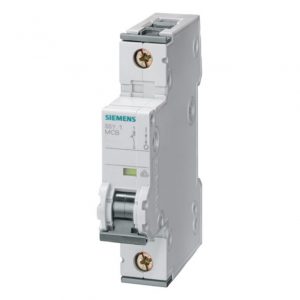Safe disconnection
Overload currents can occur in a fault-free electrical circuit if the permissible current loading is exceeded due to an operation or the simultaneous operation of several consumers. Short-circuits on the other hand are conductive connections occurring as the result of a fault, for example between phase and neutral conductor. Short-circuits in electrical systems generally occur suddenly and involve extremely high power which is explosively discharged. In case of overload currents and short-circuits cables can heat up as a result and set fire to installations or entire buildings. International standards and building regulations therefore stipulate suitable measures for protection of electrical equipment against overload and short-circuit – with good reason.
Fuse systems – versatile in use
| Fuses disconnect the circuit safely as soon as an overload or short-circuit occurs. This prevents damage to electrical equipment and reduces downtimes. Specific variants of fuse systems are used for different applications. |






